 Common Tern delivering breakfast to its fledgling.
Common Tern delivering breakfast to its fledgling.
Here are a collection of recent photos of different species of shorebirds and songbirds gathering and migrating along Cape Ann beaches that Little Chick may encounter on his journey south.
During the spring breeding season Piping Plover mating adults chase all other birds out of their territory, from the largest Black-backed Gull to the tiniest Song Sparrow. At this time of year, during the summer southward migration, you’ll often see PiPl feeding alongside other PiPl, as well as with Semipalmated Plovers, Black-bellied Plovers, Killdeers, peeps, terns, and gulls.
Ruddy Turnstones
 Common Tern fledgling squawking for breakfast.
Common Tern fledgling squawking for breakfast.
Won’t someone, anyone, please, please feed me! Unlike Piping Plover chicks, Common Tern chicks cannot feed themselves at birth. Common Tern chicks can walk and swim, but it will be many weeks before they learn to fish.
Tree Swallows massing, foraging in dunes rich with insects and berries.
Bonaparte’s Gulls
 Compare Common Tern in the foreground to Bonaparte’s Gull in the background. Both have red-orange legs and feet and both are black-headed. The easiest way to differentiate when on the beach is the Common Tern’s bill is orange; the Bonaparte’s Gull’s bill is black.
Compare Common Tern in the foreground to Bonaparte’s Gull in the background. Both have red-orange legs and feet and both are black-headed. The easiest way to differentiate when on the beach is the Common Tern’s bill is orange; the Bonaparte’s Gull’s bill is black.
Least Sandpipers are the smallest of peeps. Note how beautifully camouflaged are they in the drying seaweed at the high tide line.
Daybreak and early morning are often the most beautiful time of day to see wildlife.




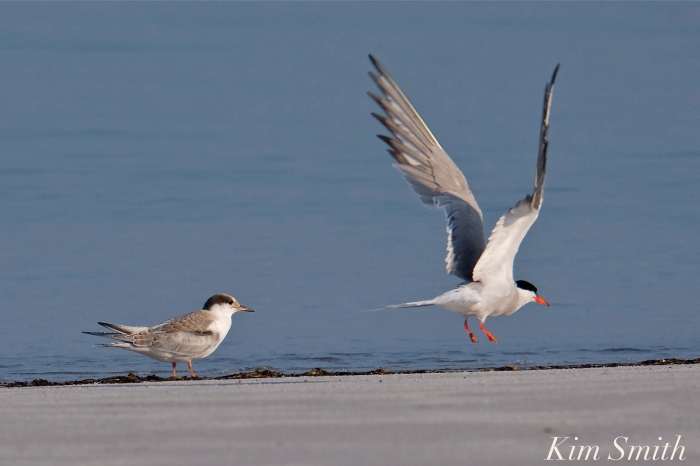

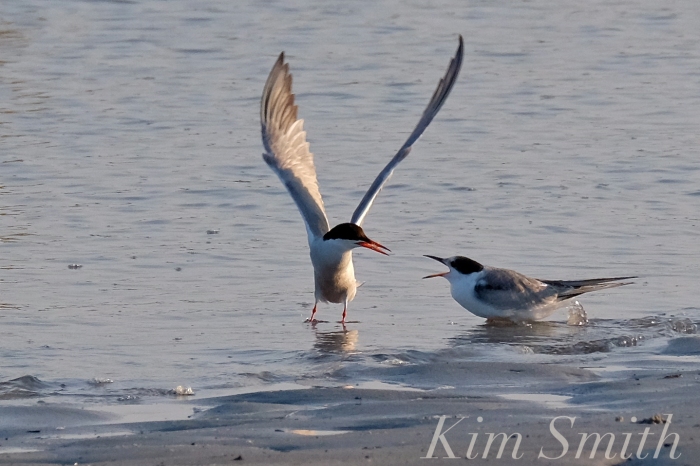


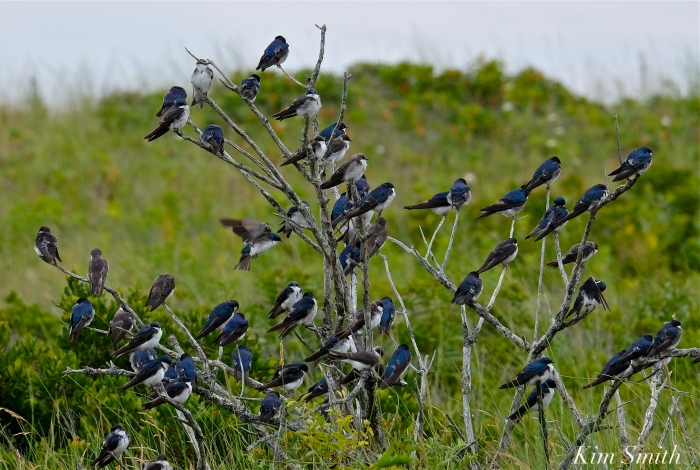


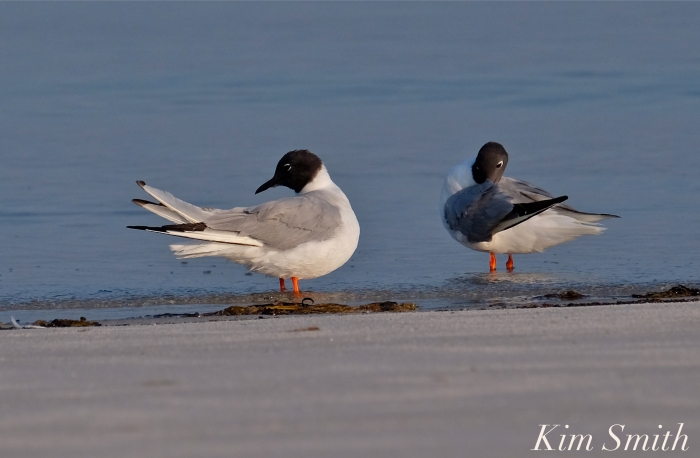

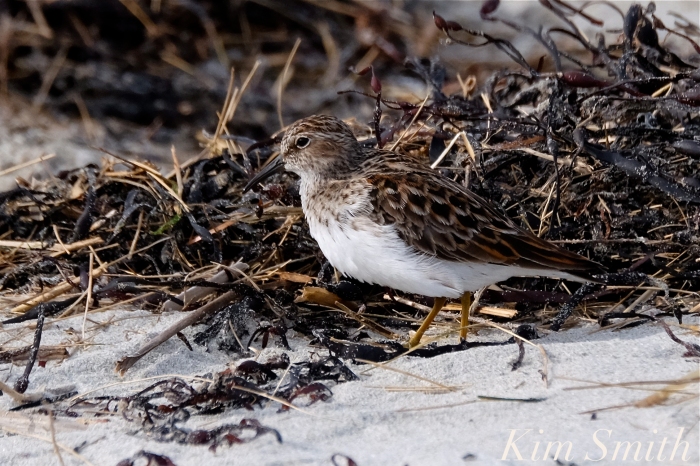

thanks for all of the amazing pics and identifications and stories, really enjoy and have been loving trying to ID some on my own!
LikeLiked by 1 person
Thank you Jenn for writing that, very sweet. Music to my ears–that you love trying to ID some on your own ❤
LikeLike